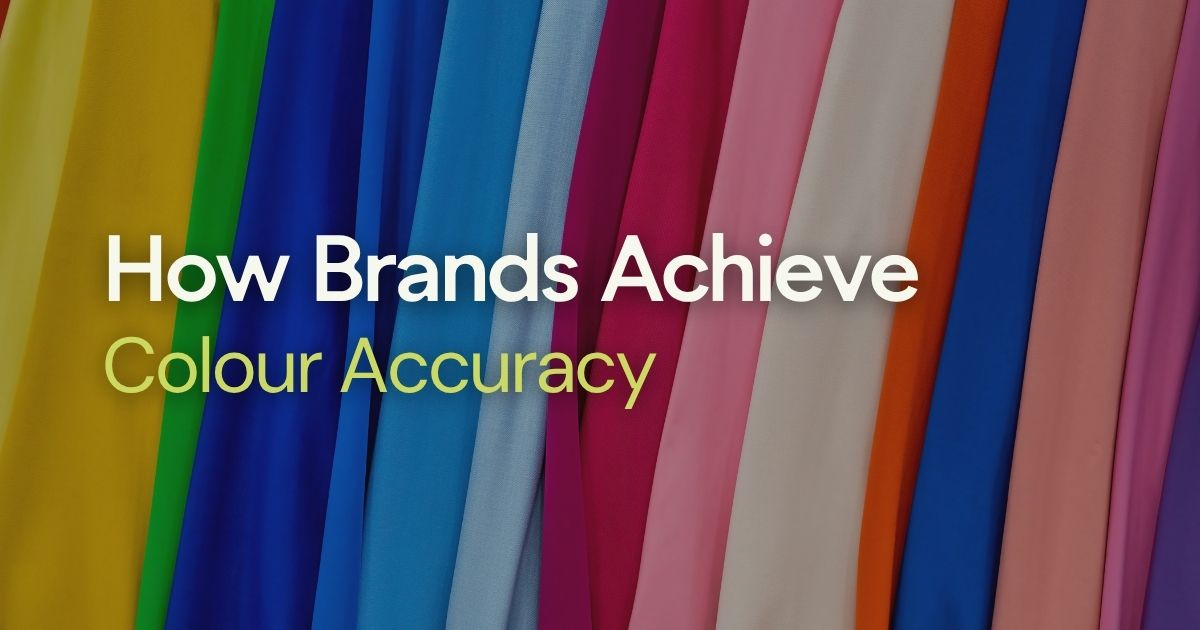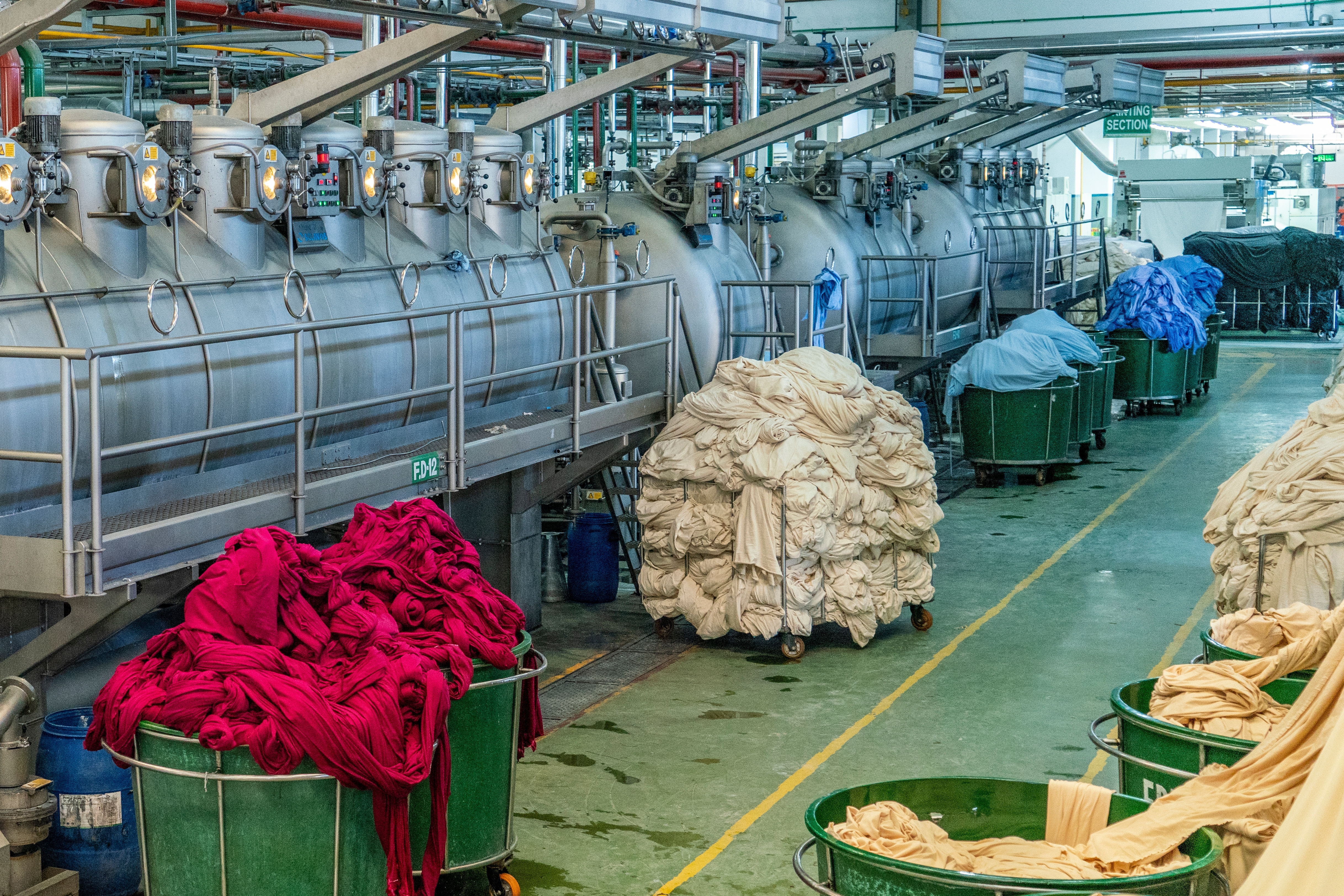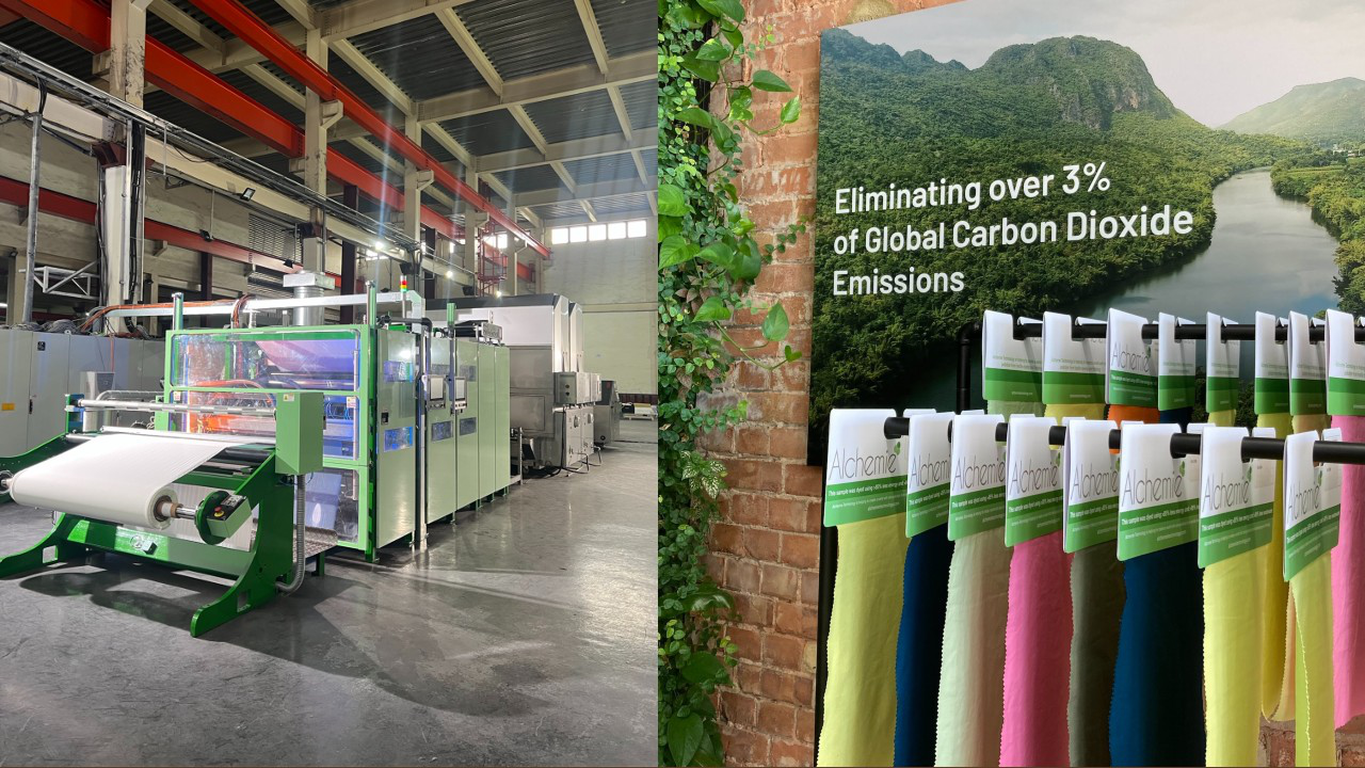 Achieving repeatable colour accuracy in textile dyeing has long been a challenge for fashion, homeware, and even automotive brands. In today’s fast-moving market, even slight colour inconsistencies can lead to costly returns, material waste, and a weakened brand image. As colour becomes increasingly central to seasonal collections, brands are under more pressure than ever to get it right, every time.
Achieving repeatable colour accuracy in textile dyeing has long been a challenge for fashion, homeware, and even automotive brands. In today’s fast-moving market, even slight colour inconsistencies can lead to costly returns, material waste, and a weakened brand image. As colour becomes increasingly central to seasonal collections, brands are under more pressure than ever to get it right, every time.
The Importance of Colour Accuracy in Today’s Market
Across both fashion and home textiles colour accuracy has become a non-negotiable. Consumers expect consistency. From the product images they see online to the final garments they receive. Any variation in colour – however small – can result in dissatisfaction, product returns, and damage to a brand’s reputation.
Colour accuracy also plays a critical role in ensuring resilient supply chains across multiple manufacturing sites. Therefore, maintaining consistent colour across batches and locations has become a strategic quality and one of high importance to textile manufacturers and brands. However, with tightened policies in water pollution, brands are now pushed to adopt cleaner production that requires less harm to the planet, even when most of them are still adopting traditional dyeing processes.
Traditional Dyeing Challenges
Despite playing a vital role in textile production, traditional dyeing remains one of the resource-heavy and environmentally damaging processes in the fashion supply chain. The reason is because fabrics are frequently rejected due to colour mismatch. These mismatches can be caused from manual processes, uneven dye absorption, or variations in materials and conditions. Therefore, will result in increased waste, re-dyeing, and production delays.
With multiple re-dyeing, traditional dyeing will require extensive amounts of water and energy than what they already have. An estimated 79 billion cubic metres of water are used by the fashion industry every year. To which the energy used to heat this water produces up to 5kg of CO2 per kg of dyed fabric. This results in heavily polluted wastewater, much of which contains chemicals that are near impossible to remove, even with post-water treatment facilities.
How Brands are Solving the Problem
To address traditional dyeing challenges, many forward-thinking brands are adopting clean-tech solutions, like digital textile dyeing, as a means of solving the problem. This innovative approach applies dye directly onto textiles in extremely fine droplets, as a near-waterless process, and eliminates the inefficiencies of traditional dyeing methods.
One of the most transformative aspects of digital textile dyeing is the unprecedented level of precision it offers. Clean technologies now enable brands to achieve consistent, high-quality results without compromising the planet. From advanced technologies to bio-degradable dyes, textile manufacturers are innovating different solutions for the planet, which brands can adopt and implement to achieve remarkable colour repeatability across production runs.
Beyond performance, these innovations not only ensure better results, but they also dramatically reduce environmental impact. Digital dyeing significantly reduces water use and, as an electric process, cuts energy consumption by as much as 85% compared to traditional dyeing methods. Additionally, the process produces minimal to no chemical discharge, greatly reducing the need for wastewater treatment.

Alchemie’s Approach to Colour Accuracy
We at Alchemie Technology are at the forefront of this shift. Our Endeavour™ digital textile dyeing system is redefining what’s possible in textile production. Designed to be implemented at industrial-scale, our Endeavour™ system combines high-resolution droplet control with clean, near-waterless dye chemistry.
With the ability to place over a billion droplets per linear metre of fabric at 10-micron precision, Endeavour™ offers unmatched control over colour application. Our system consistently achieves a ΔE of less than 0.5, ensuring brands get reliable, repeatable results.
Additionally, it delivers a colour fastness score of 4/5 or higher, meaning dyed textiles retain their colour integrity through wear, washing, and exposure over a longer period. Moreover, Endeavour™ enables brands to achieve unrivalled colour accuracy at a fraction of the cost to the environment.
- Consume less water
- Use more renewable energy
- Generate little to no chemical run-off
By merging sustainability with precision, Alchemie’s Endeavour™ offers a viable solution to the colour accuracy challenge that has long plagued the textile industry. Empowering brands to produce high-quality, reliably coloured fabrics while reducing waste, lowering rejection rates, and improving lead times for a more resilient supply chain.
